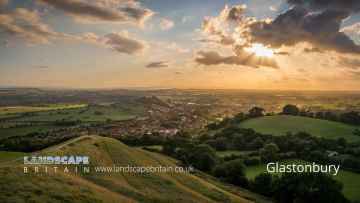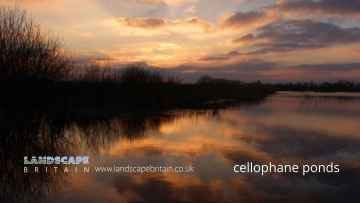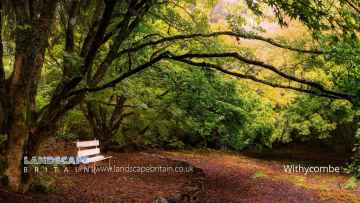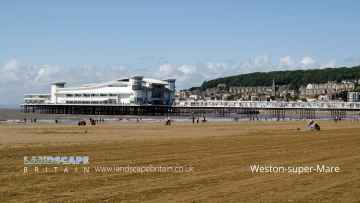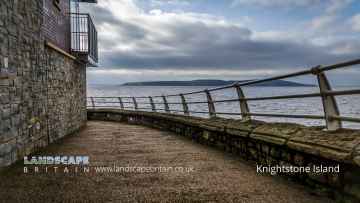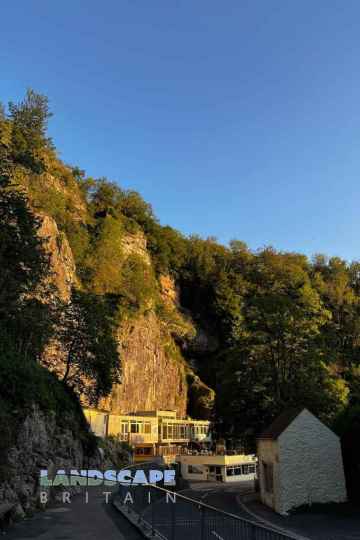Chard
Chard is a Town in the county of Somerset.
Chard postcode: TA20 2AX
There are great places to visit near Chard including some great cities, historic buildings, towns, ancient sites, hills, ruins, historic monuments, lakes, villages, airports, beaches, islands, rivers and streams, hiking areas and caves.
The area around Chard boasts some of the best cities including Bath, and Wells.
Beckford's Tower, Tropicana, Grand Pier (Weston-super-Mare), and Wells Cathedral are great places to visit near Chard if you like historic buildings.
The area around Chard features a number of interesting towns including Glastonbury, Langport, Bridgwater, and Weston-super-Mare.
Glastonbury Tor, and Chalice Well are some of Chard best ancient sites to visit near Chard.
Chard is near some unmissable hills like Glastonbury Tor,
The area around Chard's best ruins can be found at Glastonbury Abbey.
Historic Monuments to visit near Chard include Chalice Well, and Cheddar Market Cross.
Cellophane Ponds, and Marine Lake - Weston-super-mare are great places to visit near Chard if you like lakes.
Chard has some unmissable villages nearby like Withycombe, Uphill, Cheddar, and Wookey Hole.
Bristol Airport is one of Chard's best, nearby airports to visit in Chard.
There are a several good beaches in the area around Chard like Weston-super-Mare Beach.
Knightstone Island is a great place to visit close to Chard if you like islands.
The area close to Chard boasts some of the best rivers and streams including River Axe.
The area close to Chard boasts some of the best hiking areas including Cheddar Gorge.
There are a several good caves in the Chard area like Cheddar Gorge, and Wookey Hole Caves.
Chard History
There are some historic monuments around Chard:
Places to see near Chard
History of Chard
A 1663 will by Richard Harvey of Exeter established Almshouses which became Harvey’s Hospital. These were rebuilt in 1870 largely of stone from previous building. . In 1685 during the Monmouth Rebellion, the pretender James Scott was proclaimed King in the Town and several locals joined his forces. Commander of the pursuing Royalist army, John Churchill, made a severe cautionary speech to the Townsfolk in St Mary’s. After the rebellion collapsed, Chard witnessed the execution and traitor’s death of 12 of the Duke of Monmouth’s rebels, who were summarily tried and condemned at Taunton Castle by the infamous Judge Jeffries. They were hung, drawn and quartered near the Tesco roundabout by the ‘Handcross tree’. The tree was removed by the railway in 1864 amid loud local protests.
There was a fulling mill in the town by 1394 for the textile industry. After 1820 this expanded with the town becoming a centre for lace manufacture led by manufacturers who fled from the Luddite resistance they had faced in the English Midlands. Bowden’s Old Lace Factory and the Gifford Fox factory are examples of the sites constructed. The Guildhall was built as a Corn Exchange and Guildhall in 1834 and is now the Town Hall.
On Snowdon Hill is a small cottage which was originally a toll house built by the Chard Turnpike trust in the 1830s, to collect fees from those using a road up the hill which avoided the steep gradient.
Lakes near Chard
Rivers near Chard
Shopping in Chard
Tesco Tapstone Road, Chard Town
Tesco supermarket
Sainsbury's 30, Holyrood Street
Sainsbury's supermarket
Lidl Tapstone Road, Chard Town
Lidl supermarket














